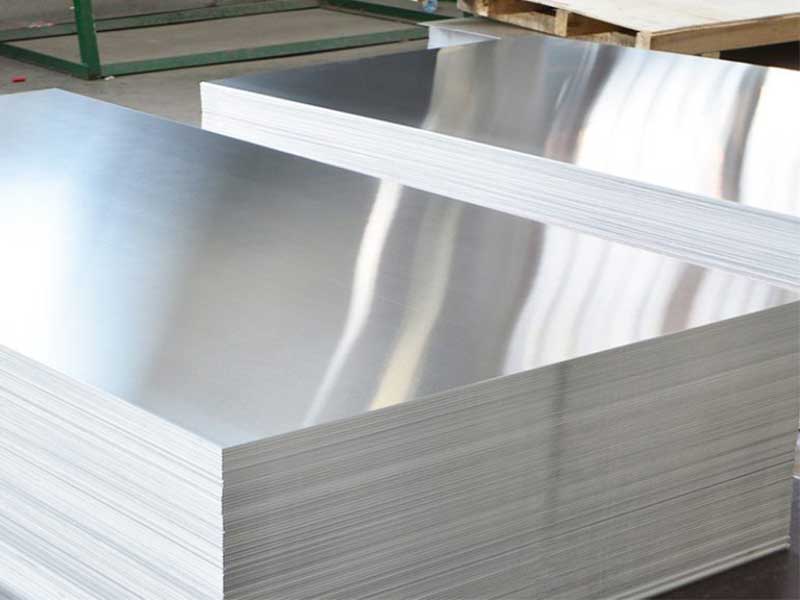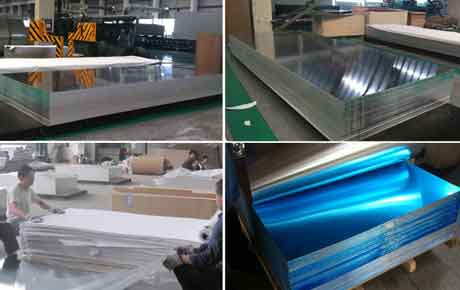When constructing or upgrading boat deck guardrails, fencing, or railings in marine environments, material selection is paramount. Exposure to harsh seawater conditions demands products that resist corrosion, maintain structural integrity, and require minimal upkeep. 6061 Marine Aluminum, widely regarded for its outstanding balance of strength, corrosion resistance, and workability, stands in a class of its own for marine fencing and handrails.
What is 6061 Marine Aluminum?
6061 aluminum is an alloy predominantly composed of magnesium and silicon, known for excellent mechanical properties and corrosion resistance. Its incorporation within maritime applications makes it a critical material dubbed "marine aluminum" due to specific processing criteria and suitability against seawater corrosion challenges.
Chemical Composition (wt % per ASTM B221 / 6061 Specification)
| Element | Range (%) |
|---|---|
| Silicon (Si) | 0.40 - 0.8 |
| Iron (Fe) | ≤ 0.7 |
| Copper (Cu) | 0.15 - 0.4 |
| Manganese (Mn) | ≤ 0.15 |
| Magnesium (Mg) | 0.8 - 1.2 |
| Chromium (Cr) | 0.04 - 0.35 |
| Zinc (Zn) | ≤ 0.25 |
| Titanium (Ti) | ≤ 0.15 |
| Aluminum (Al) | Balance |
Temper and Mechanical Properties
6061 Marine Aluminum fencing and railing products such as tubes, bars, and sheets are most commonly supplied in the T6 temper, a solution heat-treated and artificially aged condition. This process most effectively brings out the material's best mechanical properties critical for marine hardware.
| Property | Value | Test Standard |
|---|---|---|
| Ultimate Tensile Strength | 290 - 320 MPa (42 - 46 ksi) | ASTM B209 / ASTM B221 |
| Yield Strength (0.2% offset) | 240 - 275 MPa (35 - 40 ksi) | ASTM B209 / ASTM B221 |
| Elongation | ≥ 8% | ASTM B209 / ASTM B221 |
| Modulus of Elasticity | 69,000 MPa (10,000 ksi) | ASTM B221 |
| Density | 2.70 g/cm³ |
Why 6061 Marine Aluminum is Ideal for Seawater Proof Boat Deck Guardrails
1. Corrosion Resistance
6061 alloy exhibits excellent resistance to sea atmospheric and mild salt spray exposure, maintaining a passive oxide layer that protects the surface. Compared with mild steel or other metals, it does not rust and resists pitting even on prolonged seawater exposure. When combined with proven surface finishes (anodizing, powder coating), corrosion resistance is significantly improved.
2. Strength to Weight Advantage
6061 T6 offers an exceptional weight-to-strength ratio, making railing and fencing stable and strong while reducing the overall load on the boat deck’s structure. This lightweight quality aids in installation and handling on site.
3. Fabrication and Weldability
This alloy forms well by machining, extrusion, rolling, and is compatible with multiple joining techniques including TIG and MIG welding. Post-weld heat treatment options enable preservation of corrosion resistance near weld zones, essential for marine fencing durability.
4. Maintenance and Longevity
Unlike ferrous metals, 6061 fencing requires minimal upkeep — periodic washdowns with fresh water to remove aggressive salt deposits are typically sufficient to prevent grime or salt buildup. These elements translate directly to longer service life and fewer lifecycle costs.
Implementing 6061 Marine Aluminum Fencing and Railings on Boat Decks
For high-performance seawater proof boat deck guardrails, consider these implementation guidelines:
Material Form Factors:Extruded tubular sections are common for guardrails and fencing. Typical dimensions vary depending on deck requirements but often range from 1"-to-2.5" diameter round or square tube profiles with 0.065" to 0.125" nominal wall thicknesses.
Surface Treatments:Anodized finishes per AMS 2470 standards or marine-grade powder coating dramatically augment corrosion protection aligned with imposed environmental stressors.
Compliance Standards:Conformance to AMS 4027 or ASTM B221 ensures reliable mechanical properties and isotropic corrosion resistance typical of marine-class 6061 aluminum products.
Joining Approaches:Utilize TIG welding with controlled heat inputs to maintain T6 properties; if welding stabilizers or supports, confirm racking loads versus cross-section yield.
6061 Marine Aluminum fencing and railings stand as top-tier solutions crafted for demanding seawater and coastal airborne exposures, embodying:
- Superior corrosion and pitting resistance
- Optimized strength for safe, lightweight boat guardrail systems
- Excellent fabrication & welding compatibility with heat treatments
- Low maintenance with sleek marine aesthetics
Naval architects, shipyard fabricators, and maintenance engineers selecting materials for seawater proof deck protective guardrails must consider not just strength criteria, but corrosion resilience and quality lifetime performance under evolving marine conditions. Marine-grade 6061-box, tube, or plate sections with attention to certified materials standards and proper heat treatment specifications combined with recommended surface finishes make a reliable foundation for seaworthy guardrail applications.
For bespoke marine allocations or technical logistic support concerning ASTM-compliant 6061 fencing materials, or to discuss customized coating applications, contact your aluminum supplier technical representative today.
Author: Senior Marine Aluminum EngineerExpert in corrosion resistance and aluminum alloy applications for high-demand marine environments.









